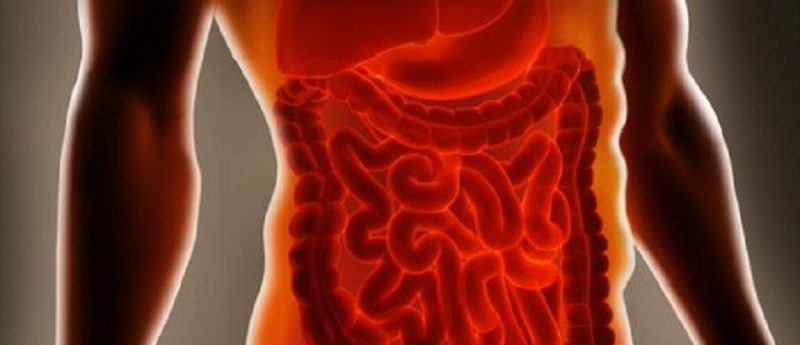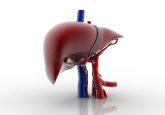Bacterial enzyme could be used as biomarker for intestinal diseases

Researchers from the University of Birmingham (Birmingham, UK) and Newcastle University (Newcastle, UK) have identified and characterized one of the key enzymes involved by bacteria in breaking down mucus in the gut. Such bacterial enzymes could be utilized as biomarkers for intestinal diseases.
In their research, recently published in Nature Communications, the team demonstrated how the enzyme enables bacteria to break down and metabolize sugars located in the layers of the mucus lining the gut. The research also offers a significant advancement in our understanding of the complex co-dependent relationships occurring in the gut. As the mechanism utilized by the enzyme is distinctive, the researchers anticipate their findings could assist in the development of new diagnostics for intestinal diseases.
Mucins, glycosylated proteins in mucus, are constantly produced to generate the layer of mucus in the gut that provides a barrier between the gut’s complex populations of bacteria and the rest of the body. Mucins contains glycans, which are sugar molecules that are an essential source of nutrients for bacteria.
The team investigated the process by which this enzyme sits on the outside of the bacterial cell and splits part of the mucin molecule to take it inside the bacterial cell to be consumed.
Lucy Crouch, lead researcher from the University of Birmingham, explained: “Mucus is structured a bit like a tree, with lots of different branches and leaves. Lots of the enzymes discovered so far might clip away some of the leaves to eat, but the enzyme we studied will clip away a whole branch – that’s quite a distinctive mechanism and it gives us a useful biomarker for studying disease.”
As glycans are known to change when certain diseases are present in the body, the researchers anticipate it might be possible to use the enzymes to take a measurement of the glycans within a biopsy and use this as a biomarker for early detection of disease. To trial this theory, the team investigated the process in three different diseases. They examined tissue from adults suffering from ulcerative colitis, colorectal cancer and from preterm infants with necrotizing enterocolitis. They discovered that by introducing the enzyme to the samples and labelling the glycans with a fluorescent dye, they were able to obtain useful information concerning the glycan structure.
Crouch concluded: “Although we still don’t fully understand what the glycan structures are made from and how these vary between different tissue types, we can see that the differences in structure between health and non-healthy tissue is quite distinctive. We hope to be able to use these enzymes to start producing better diagnostics for the very early stages of these diseases.”
Sources: Crouch LI, Liberato MV, Urbanowicz PA et al. Prominent members of the human gut microbiota express endo-acting O-glycanases to initiate mucin breakdown. Nat. Commun. 11, 4017 (2020); www.eurekalert.org/pub_releases/2020-08/uob-edi081020.php







